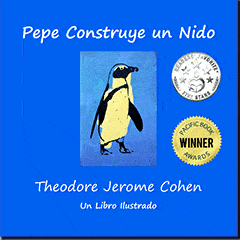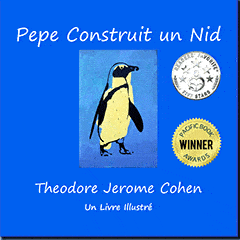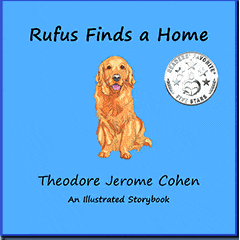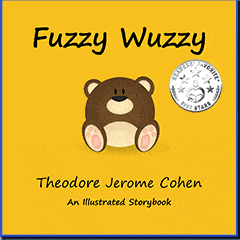Pepe Builds a Nest Book Review & Activities
Pepe Builds a Nest by Theodore Jerome Cohen is a wonderful book to share with young children that deals with the issue of bullying.
A conflict between two penguins leads to learning important values and life lessons including honesty, hard work, persistence, standing up for yourself and others, friendship, and forgiveness.
Written in rhyme, it makes for a fun read-aloud and a perfect opportunity to practice rhyming skills.
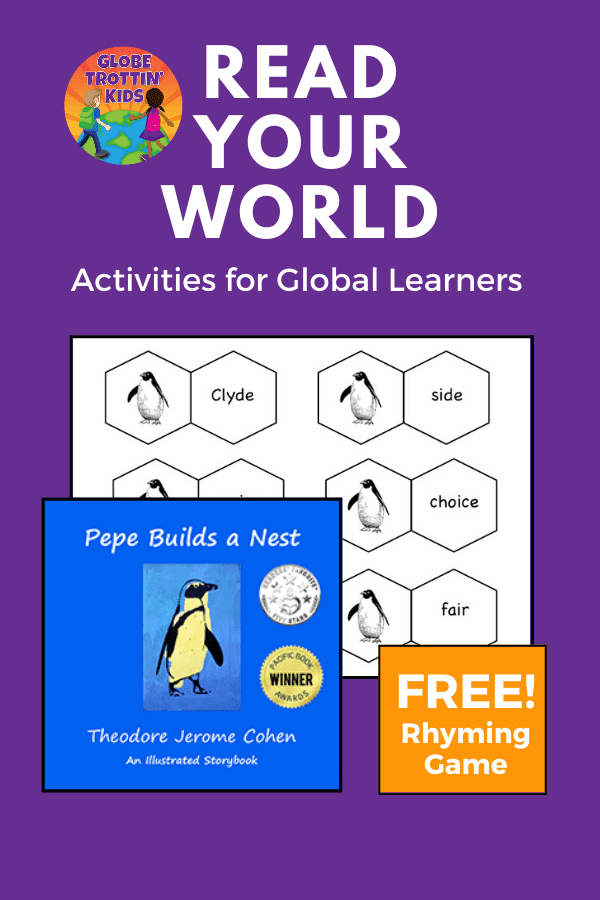
Disclosure: We received a complimentary copy of this book for review purposes; however, all opinions are our own. This post contains affiliate links. By clicking through and making a purchase, we receive a small commission at no extra charge to you. All proceeds help support our free global education website. Thank you!
Pepe Builds a Nest Snapshot
Pepe the penguin lives in Antarctica, and it’s time to build his first nest – for Miss Amber and himself. He finds the perfect rocks and works hard to build their new home.
Otto the bully is a bold and greedy penguin, and he steals Pepe’s rocks for his own nest.
Discover how Pepe and his penguin friends work together to resolve the problem.
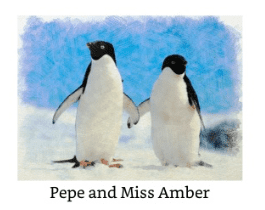
Cohen’s illustrations are real photographs that have been digitally enhanced to appear as color pencil drawings, winning the 2017 “Best Children’s Illustrated” Award from Pacific Books.
Pepe Builds a Nest Discussion Guide & Activity
Before Reading
- Show students the cover and read the title.
- Ask students to predict where the story takes place and what they think it will be about. Encourage going deeper than, “It’s about a penguin named Pepe that builds a nest.” Remind students that often stories have a problem and a solution, and ask them to think about what kinds of problems might arise and how they might be solved.
- Visit our Antarctica profile page for maps, an infographic, photographs, and more!
- Review vocabulary from the story: lad, rookery, rejoice, persisted, majestic, bully, bold, glee, greedy, divine, behold, throne. Be sure to discuss the words in context as you come across them during reading.
During Reading
Page 4 Identify the text clues that help determine when the story is taking place.
Page 6 What materials do the penguins need for building their new nests?
Page 8 Describe Pepe’s rock and how it compared to the other penguins’ rocks. Discuss the author’s use of “it was quite a sight.” What does that tell you?
Page 10 How did Pepe show persistence?
Page 12 What was the result of Pepe’s persistence?
Pages 14-16 Use adjectives to describe the thoughts of Otto the bully. (greedy, selfish, dishonest, lazy, sneaky, thief)
STOP. Have students share suggestions for Otto at this point in the story.
Pages 18-24 Do you think what Otto is doing is wrong? Why or why not? What do you think will happen next?
Page 26 What makes Pepe realize something had happened while he wasn’t looking?
Page 28 STOP. Ask students to give advice to Pepe for what he should do at this point in the story.
Pages 30-32 Discuss how Pepe solved his problem. Do you think it will work? Why do you think Otto says he had little choice?
Page 34 What lesson(s) did Otto learn? Do you think the others learned anything?
Pages 36-38 The story ends with Pepe and Miss Amber living “happily thereafter.” What kind of story does that type of ending remind you of? (a fairy tale). In what way is this story like a fairy tale?
Cohen’s inspiration came from his own experiences in Antarctica decades earlier. These are some of his photographs.

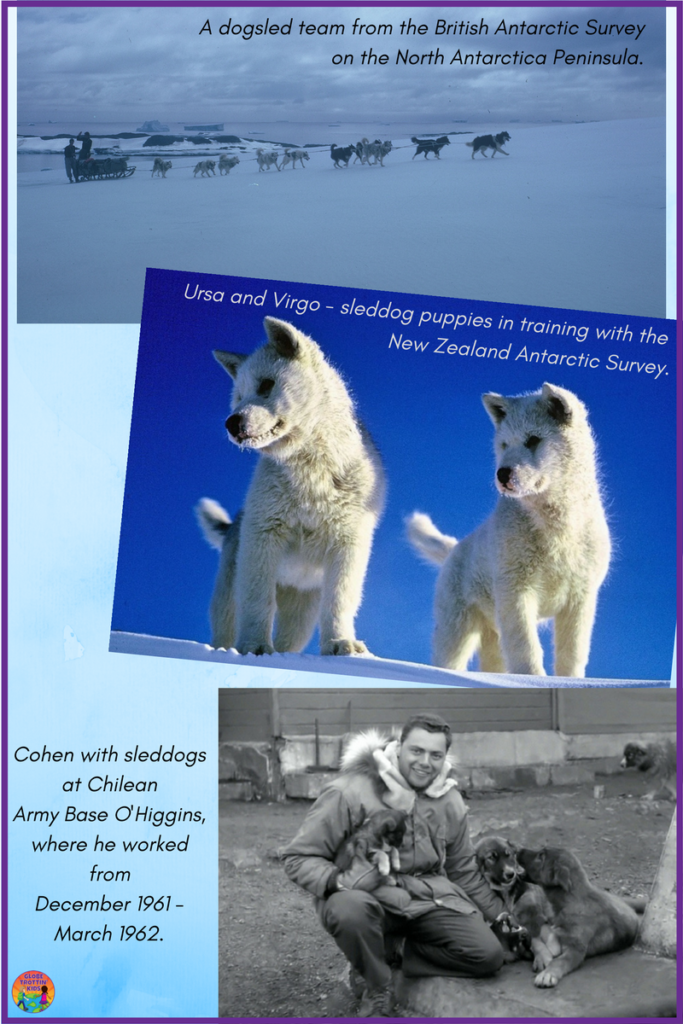
After Reading
- Review predictions from before reading. Compare similarities and differences with the actual story.
- Identify strong character traits from the story, and use examples from the story for support. For example: Pepe was brave when he stood up to Otto and demanded he give the stones back.
- Role play different situations from the story demonstrating effective anti-bullying strategies.
- Review rhyming skills. Have students volunteer rhyming word pairs from the story, and write them on the board. Note the spelling patterns (similar or different?), and ask for more words (not from the story) that rhyme. Do this for several examples.
- Print our FREE rhyming word cards from the story and try our two suggested activities. The rhyming cards and direction sheet are great to leave in a learning center for continued practice.
Visit the author’s website for more reviews, activities, and books.
Purchase the book here.
The story is also available in Spanish and French!
Others children’s books by Cohen include…
Book 2: Rufus Finds a Home teaches children about empathy and the difficulty of sometimes having to give up something we love.
Book 3: Fuzzy Wuzzy teaches children to listen to their parents.


